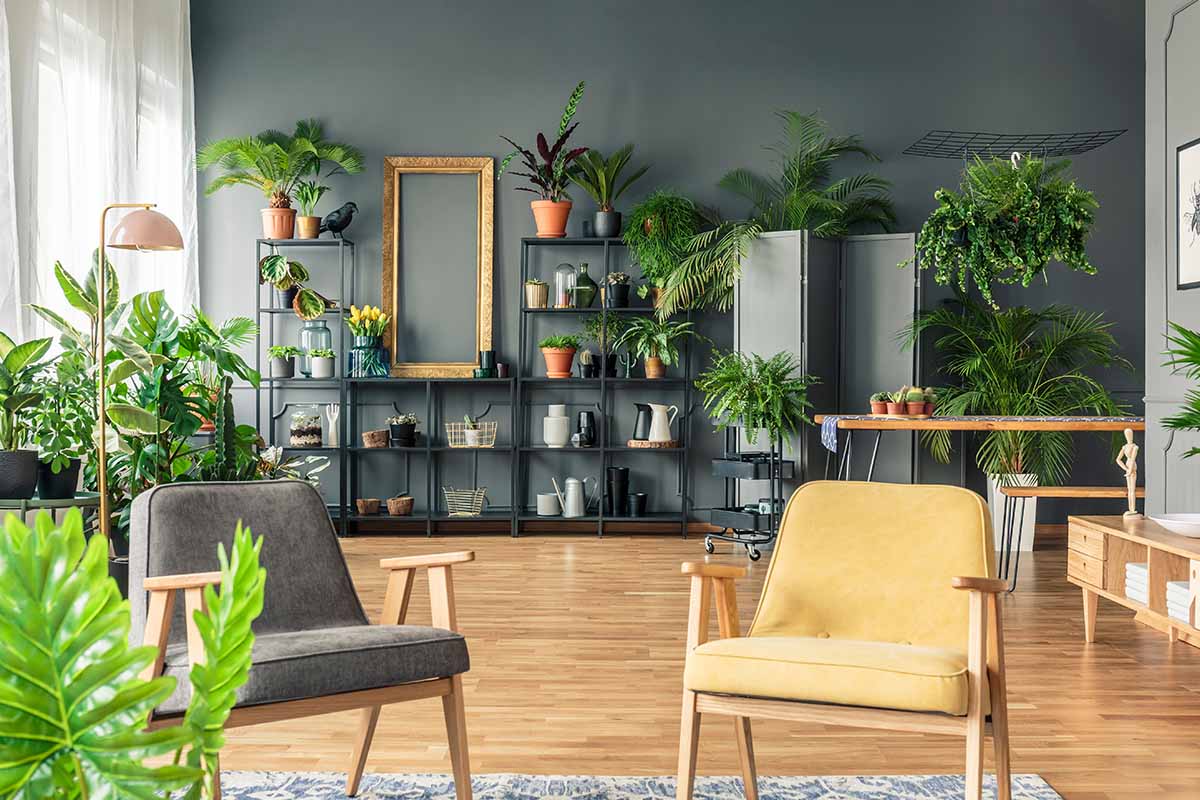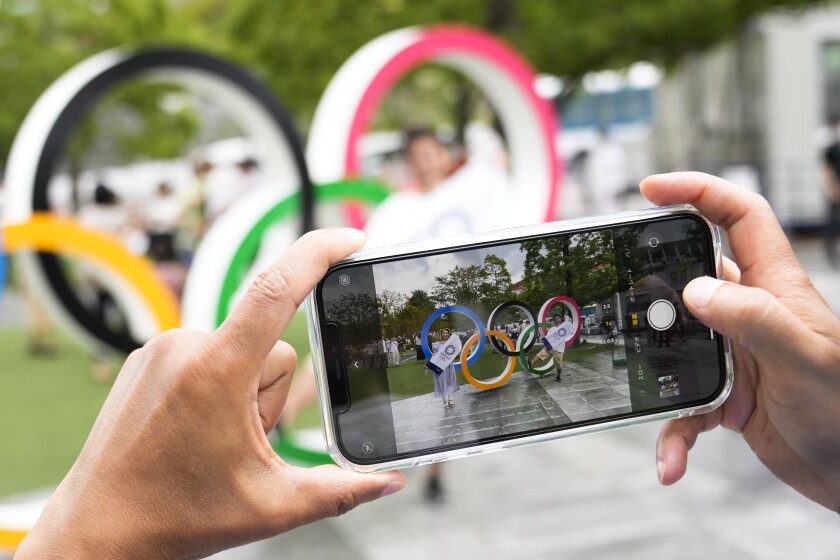
The rule of threes is a great tool for storytelling. They are survival, comedy and alliteration. Trios can be entertaining and more satisfying. Here are some examples for storytelling that uses the rule threes. They can be particularly useful for dramatic scenes. They can also be used to provide humor and comedy.
Storytelling rule of three
There are some advantages to storytelling in groups of three. A story can be more entertaining, fun, and fulfilling if it is told in a trio.

Alliteration
Alliteration is a vital part of writing. It can make your writing more interesting and fun. Alliteration gives words a rhythm that is musical and makes them easier to remember. Poets have been using it for centuries to keep their poems flowing and their readers interested.
Survival
The Rule of Threes is an survival concept that requires prioritizing. This method may be useful for people living in different environments, as it may help them better prepare for emergencies. This may help them to make informed decisions in hazardous environments.
Comedy
The Rule of Threes is a well-known comedy technique. The Rule of Threes is a method that breaks down a pattern by allowing the third item to be surprising. It's an effective strategy that has been used by comedians for decades.
Tricolon Crescens
A tricolon (in English) is a sequence of three parallel phrases which is one syllable less than the preceding. This structure often incorporates two other rhetorical devices, the Anaphora (or Asyndeton). This structure gives a sentence a sense of roundness and completeness. It can be used to illustrate a point or to emphasize an idea.

Super Mario Bros.
The game's enemies are huge, colorful, and recognizable. They look like giant dinosaur dragon monsters or turtles and can be very satisfying to kick and squish.
FAQ
What Camera Should You Get?
It all depends on your goals and what type of photographer you are. For beginners, a simple point-and-shoot is the best camera.
Once you have mastered the basics you will likely need something more advanced. The choice really comes down to personal preference.
Before you buy a camera, here are some points to remember.
-
Features: What features are you looking for? Do you intend to use manual or autofocus settings? How many megapixels is your camera capable of? Is there a viewfinder?
-
Price: How much money are you willing to spend? Are you looking to replace your camera every few years?
-
Brand: Will you be happy with the brand you select? There is no reason you should settle for less.
-
Functionality: Can you use your camera in low light situations? Do you have the ability to take high-resolution pictures?
-
Image Quality: How clear are your images and how sharp are they?
-
Battery Life: How many charges will your camera take to run out?
-
Accessories: Can you attach extra lenses, flashes or other accessories? ?
Photography is a talent?
Photography is an art form, not a talent. It requires training, experience, and practice. It takes years to master any aspect.
Photographing is a business that requires a plan.
You need to know what type of clients you are looking for and how you can reach them.
You must get to know them and their goals. It is important to communicate clearly and convincingly with them in order to convince them to use your services.
This means you need to be prepared and well-organized when meeting potential clients.
Before you approach potential customers, it is necessary to compile a portfolio. This can be done digitally using software programs or printed onto paper.
Once you have compiled a portfolio of work, you should start looking for opportunities to display it. This could mean approaching businesses directly or advertising online.
How can I learn how to photograph on my own.
There are many different ways to learn how take great photos. There are several options. You can read a book, go to a class, or join an internet community. There's no better way to learn the art of photography than by doing it yourself. This way you can control what goes into each photograph. You'll only get better as long as your learning continues.
One of the best aspects about digital photography is that it doesn't require any expensive equipment. All you need is a computer with internet access and a camera. All else is up to you.
Here are some tips for getting started:
-
Acquaint yourself with the manual settings of your camera.
-
Learn how to use the basic controls.
-
Take lots of photographs.
-
These should be edited.
-
These should be shared.
-
Keep practicing.
-
Experiment.
-
Explore different perspectives and angles.
-
Use light sources creatively.
-
Practice makes perfect.
-
Never be afraid to fail.
-
Be patient.
-
Have fun
What Lenses Should I Use
Beginners often ask, "What lens should I purchase?" The choice is difficult because of the many options.
The good news is that you don't necessarily need to buy a new lens every time you purchase a new camera. Instead, you can add lenses later on.
Here are three types of lenses to start with.
-
Wide Angle Lens (14mm-24mm): These lenses have a wide view angle that will allow you to capture more of your subject. You can zoom in, but not lose image quality.
-
Normal/Standard zoom lens (28mm -70mm). These lenses allow the user to adjust focal lengths while still maintaining good image quality.
-
Telephoto Zoom Lens (70mm to 200mm): These lenses make it easy to capture distant subjects. These lenses allow you to focus on your subject, even though they may appear small in the frame.
These lenses can be combined in a variety of ways to create new effects. Combining lenses can create different effects. For example, a normal lens could be used to capture small details while a telephoto lens is used to capture faraway objects.
Light Room can enhance your photos.
You can get great photos if you start early. It's always a good idea to take as many pictures as possible and then decide which ones will be the most valuable.
Lightroom makes it easy to do this. It lets you see how different settings impact each photo. These settings can also be modified on-the-fly in Lightroom without ever having to open Photoshop again. This allows you to quickly experiment with what looks good and what doesn’t.
Statistics
- The second easiest way to get blurry photos 100% of the time is to use a cheap filter on the front of your lens. (photographylife.com)
- While I cannot prove that all of those spots were not sensor dust, the photo was taken during a heavy snowstorm…so I guess that 99.8% of the spots are snowflakes. (bhphotovideo.com)
- That's the easiest way to get blurry photos 100% of the time. (photographylife.com)
- This article received 13 testimonials, and 100% of readers who voted found it helpful, earning it our reader-approved status. (wikihow.com)
External Links
How To
How to Use Lightroom in Photography
Adobe Lightroom, a powerful tool that allows photographers to edit photos quickly. It lets you import images from multiple sources into one place, where they can all be viewed, edited and cropped. You can also email, print, and share your images online.
Lightroom provides editing tools such cropping and adjusting brightness, contrast and color balance. Lightroom also has a collection of presets that makes it easy to apply common effects, such as vignette (lens distortion correction) and black &white conversion. This is the best thing about Lightroom: these adjustments are automatically applied when you export your images.
Adobe Bridge allows access to Lightroom. This allows you browse your collection and organize your files. You can even add keywords to your images to find them later.
Lightroom is free for those who are just starting out. This provides all the basics. You have two options when you decide to upgrade. Either you can purchase the full version, or you can subscribe.
Lightroom can downloaded in many ways. Adobe can be purchased directly. You can also download the trial version to convert it into a paid license. Here's how it works.
-
Lightroom Trial Version
-
Launch the program and click "Convert to License" at the bottom of the window.
-
Enter your payment information and select the type license you wish (permanent, one year)
-
To continue, click "Continue".
-
After you convert the trial version into a paid license you can use it until the end.